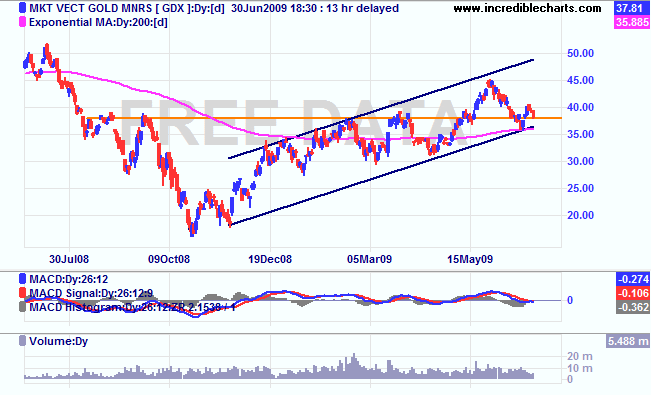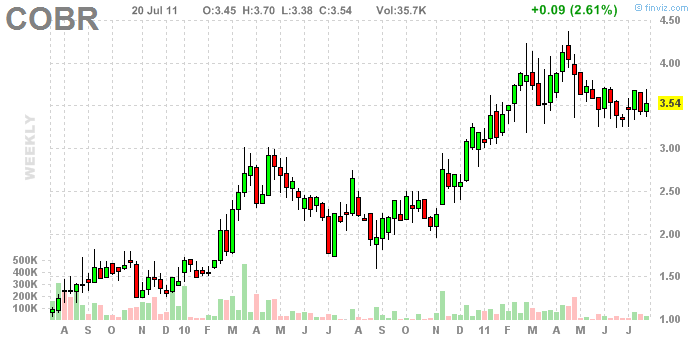Scott s Investments
Post on: 17 Апрель, 2015 No Comment

Posted: 24 Feb 2015 08:33 PM PST
One of the primary goals of Scotts Investments is to educate individual investors by creating and tracking relevant investment strategies. Some of the strategies are my own, while others like the Ivy Portfolio are inspired by others.
This week I added a new portfolio spreadsheet to my site, the Robust Asset Allocation (RAA) strategy.  The portfolio was inspired by a December article from Alpha Architect , an asset management firm who describes their mission as empowering investors through education. They currently offer their services via ETFs and managed accounts. They also have a very active blog and an abundance of free online resources for investors.
A December 2014 article from Alpha Architect, Our Robust Asset Allocation (RAA) Solution. makes a compelling argument for combining value, momentum, and risk management in a single portfolio.  The strategy is based on the premise that the momentum and value anomalies have been shown to outperform historically. In addition, risk management techniques via time series momentum and moving average rules have historically worked to reduce portfolio risk.  They also provided a follow-up article here with additional backtests.
So what does this mean in application? Invest in ETFs which provide exposure to value and momentum. Overlay a trend filter via 12 month price momentum and a 12 month simple moving average rule.  Below is an illustration from Alpha Architect:
Starting at the top left of the illustration, we allocate 15% of our portfolio to a domestic equity momentum ETF (style & weight).  However, before investing we must evaluate the risk profile of the ETF.

If the excess return of the ETF is greater than 0 (or the return on a risk-free asset like cash, which in todays low rate environment is near 0) over the past 12 months, go long risky assets (time-series momentum risk management rule). Otherwise, go long alternative assets (T-bills/cash). In addition, if the current price of the ETF is greater than its 12 month simple moving average, go long risky assets (moving average risk management rule). Otherwise, go long alternative assets (T-bills/cash).  These signals are reviewed once each month.
If both of the risk management rules signal to go long risky asset in our example the domestic momentum ETF invest 15% in the ETF.  If one rule signals to go long risky asset while the other signals to go to cash,  we invest half, or 7.5%, in the ETF. If both signal to go to cash then we invest 0% in the ETF and hold cash in lieu of the ETF:
The Alpha Architect RAA article did not recommend specific value and momentum ETFs. I took the liberty of selecting ETFs which I believe represent these anomalies:














